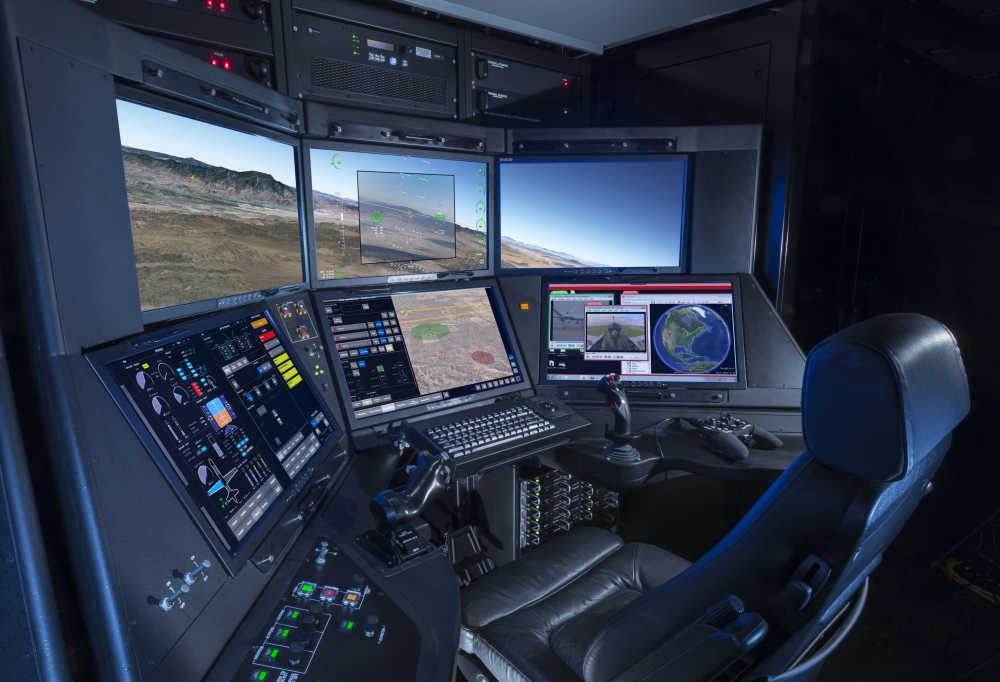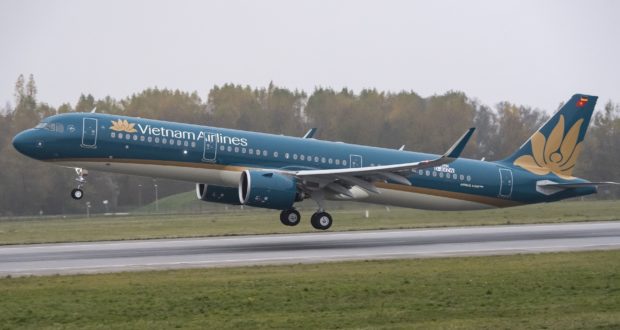Forsinket: I dag skulle det nye politihelikopteret
fløyet til Norge
Leonardo
Helicopters trenger mer tid til testing og sertifisering.
Nå er det klart at etaten må tåle en
liten forsinkelse på et par måneder før de kan ta det nye, avanserte
politihelikopteret i bruk.
To helikoptre over påske
Etter det Teknisk Ukeblad får
opplyst fra produsenten, Leonardo Helicopters, er det testing og
sertifiseringen av en del sensorer og utstyr som er spesielt for
politihelikoptrene som har tatt noe mer tid enn beregnet.
Dette var for øvrig noe
helikopterprodusentens testflygere advarte om i fjor høst. Mens de vanligvis
bruker 10-15 timer på et nytt «standardhelikopter», kan det fort være mer
krevende når det er mange komplekse systemer om bord, som i disse politihelikoptrene.
Jomfruferden med det kommende
politihelikopteret (Foto: Per Erlien Dalløkken)
En lignende problemstilling var til
stede hos konsernets britiske avdeling i Yeovil, som også behøvde ekstra tid
blant annet til å sertifisere den nye aesa-radaren på de nye norske
AW101-redningshelikoptrene.
Norge
har bestilt tre AW169. I stedet for å motta en maskin i februar og en i mai,
ligger det nå an til at det flys hjem to helikoptre samtidig uka etter påske,
altså i slutten av april.
Det legges opp til at det tredje og
siste av den opprinnelige bestillingen er på plass i Norge like før toårsdagen
for kontraktsigneringen, 14. august.
De tre helikoptrene har en samlet
pris på 313 millioner kroner, mens kontrakten inkludert ti års drift og
vedlikehold er verdt cirka 670 millioner kroner. Det er i tillegg
inngått opsjonsavtale på ytterligere tre maskiner.
Seksjonssjef for
Politiets helikoptertjeneste Freddy Rotseth (f.v), flygesjef Gunnar Arnekleiv
og testpilot Piero Missarino i Leonardo Helicopters på fabrikken i Vergiate.
Foto: Per Erlien Dalløkken
Freddy Rotseth, som er seksjonssjef
for Politiets helikoptertjeneste, sier at Leonardos avbøtende tiltak om å
levere to helikoptre parallelt i april, gjør at de klarer å opprettholde den
overordnede målsettinga like bra som planlagt.
– Etter mottaket starter vi en
stabiliseringsperiode der vi tester helikoptrene fullt ut i norske forhold,
fortsatt i tett dialog med Leonardo, sier Rotseth.
Når det gjelder opplæring og trening,
er prosjektet i rute. Han opplyser at de nå har fått gjennom halvparten av
pilotkorpset med typerettigheter på AW169, mens gruppe to reiser ned til Italia
i midten av april for simulatortrening og oppflygning.
Langt bedre kapasitet
Det var torsdag 22. november at det
nye politihelikopteret gjennomførte en fartsfylt jomfruferd fra Leonardo
Helicopters-fabrikken i Vergiate, like nordvest for Milano.
Når
Politiet selv anser dette som en revolusjon for beredskapen i Norge, skyldes
det den samlede pakka av siste skrik innen sensorer og kraftig økt
transportkapasitet og rekkevidde.
Hjemme i Norge får
helikopteret, som har serienummer 69089, registreringa LN-ORA. Før den tid vil
forhåpentlig noen rette opp riksvåpenet slik at Den norske løve er vendt riktig
vei, altså i normal fartsretning. Foto: Per Erlien Dalløkken
Helikoptertjenesten har i dag to
helikoptre av typen EC135 T2+ produsert av Airbus Helicopters. Disse er i
overkant av 16 år gamle og er blant EC135-eksemplarene med flest flytimer
i verden. Helikoptrene fungerer godt til primæroppgaven, som er søk,
observasjon, overvåking og å støtte innsatspersonell på bakken, men kommer til
kort på rekkevidde og utholdenhet i lufta. Som Teknisk Ukeblad tidligere har skrevet,
har alderen tynget lenge, slik at det går med stadig mer tid og kostnader til
vedlikehold.
Dagens
helikoptre har en utholdenhet på cirka to timer før de må lande og fylle
drivstoff. AW169 klarer cirka det dobbelte. Med større rekkevidde og
transportkapasitet vil helikoptertjenesten lettere kunne understøtte
politidistriktene når det trengs innsatspersonell.
Begrensninger både i kabinstørrelse
og nyttelastkapasitet gjør at dagens politihelikoptre er lite egnet til
transportoppdrag. Planen er å sende den innleide EC135-en tilbake til
England i løpet av våren, mens politiet beholder sin egen ut 2019.
AW169
- Lengde: 14,65 m
- Høyde: 4,50 m
- Rotordiameter: 12,12 m
- Kabinvolum/areal: 6,3 m3/4,5 m2
- Bagasjevolum: 1,75 m3
- Maks pax: 2 + 10
- Motorer: PW210A
- Takeoff-kraft: 2 x 1.108 shp
- Maksimal avgangsvekt: 4.800 kg
- Maks/marsjhastighet: 165/140 knop (306/260
km/t)
- Tørrgang-evne: 33 min
- Standard drivstoffkapasitet: 888 kg
- Maksimal utholdenhet: 4 t 20 min
- Maksimal rekkevidde: 440 nautiske mil (815
km)
Heller ikke AW169 er noe enormt
helikopter, men det vil uansett være et stort framskritt ettersom det har
klassens største kabin. Det vil være plass til å frakte seks tjenestefolk med
utrustning. Dessuten har det klassens største skyvedører (1,6 meter brede) som
blant annet er en fordel dersom helikopteret skal brukes som ildstøtteplattform
for skarpskyttere.
Leicester-ulykken
Parallelt med at de tre norske
AW169-helikoptrene ferdigstilles, har helikoptertypen søkelyset på seg som
følge av en tragisk ulykke for fire måneder siden. Alle fem om bord omkom da et
AW169 styrtet
ved Leicester stadion i England 27. oktober.
Videoopptak fra ulykken viser at
flygeren hadde mistet kontrollen over halerotoren. I desember presenterte den
britiske havarikommisjonen (AAIB) tekniske funn som viser at dette skyldtes
teknisk svikt.
Halerotorsystemet ble gransket på
havaristedet, og det ble påvist at forbindelsen mellom halerotoren og
styrekontrollene framme i cockpit var brutt. Den endelige rapporten vil
ventelig kunne si mer om den utløsende årsaken og om dette skyldes en
designfeil, produksjonsfeil/kvalitetsfeil eller
vedlikeholdsfeil/monteringsfeil, eller kanskje en kombinasjon av flere ting.
Det finnes fortsatt bare litt over
60 slike helikoptre i drift verden rundt. Tre av dem opereres av Airlift som siden
2017 har brukt det som loshelikopter for Kystverket. Airlift har
tidligere fortalt at de fortløpende har fulgt opp direktivene fra
luftfartsmyndighetene i tillegg til å foreta inspeksjoner på sine
AW169-helikoptre etter eget initiativ. De har ikke funnet noe ureglementert.














